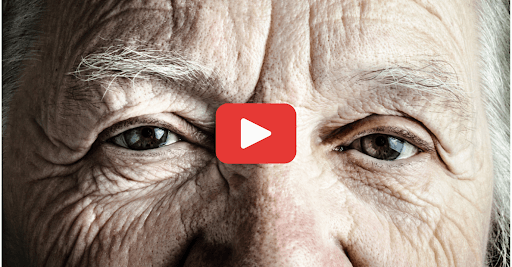Diabetes Warning Sign through your Feet
For many people, having cold feet might seem like an unfortunate characteristic — merely a bothersome aspect of life. However, recent observations suggest that consistently cold feet, particularly if they weren’t always that way, could indeed be indicative of more significant health concerns.
Diabetes, a commonly spoken-about health condition, is known for its potential association with changes in the extremities' temperature and color.
- Cold feet might indicate underlying health risks.
- Temperature changes in feet are linked to diabetes.
If you notice a startling change, where your toes appear bluer than typical or they simply don't warm up, it could be prudent to consult a medical professional.
"If you notice your toes looking a bit bluer than usual or feeling as if they never get quite warm, then you may wish to go and get checked out," experts suggest.
Changes in the vascular structure or function can often present problematic symptoms in the feet first. This is essential for diabetic individuals, who may be more susceptible to these changes, as untreated issues could signal more daunting problems ahead.
Early recognition and staying informed can lead to timely medical intervention, potentially preventing more severe health alarms.
While consistent cold feet aren't automatically cause for alarm, it's worthwhile noting the ongoing condition, especially if changes occur. Carefully monitoring symptoms and consulting with medical experts if necessary can ensure health concerns are addressed appropriately.
From Around The Web
Wellness Inbox is a blog & weekly newsletter that curates trending news and products related to health and wellness from around the web. We also gather content from various sources, including leading health professionals, and deliver it directly to you.
Please note that we may receive compensation if you purchase any products featured in our newsletter. Wellness Inbox is not affiliated with, nor does it endorse, any health professionals whose content may appear in our newsletter. The information provided is for general informational purposes only and should not be considered medical advice.
The information provided is not intended to replace professional medical advice, diagnosis, or treatment. All content, including text, graphics, images, and information available is for general informational purposes only. We do not guarantee the accuracy or completeness of any information presented and assume no liability for any errors or omissions. The content is subject to change without notice. We encourage you to verify any information with other reliable sources and consult your physician regarding any medical conditions or treatments.







